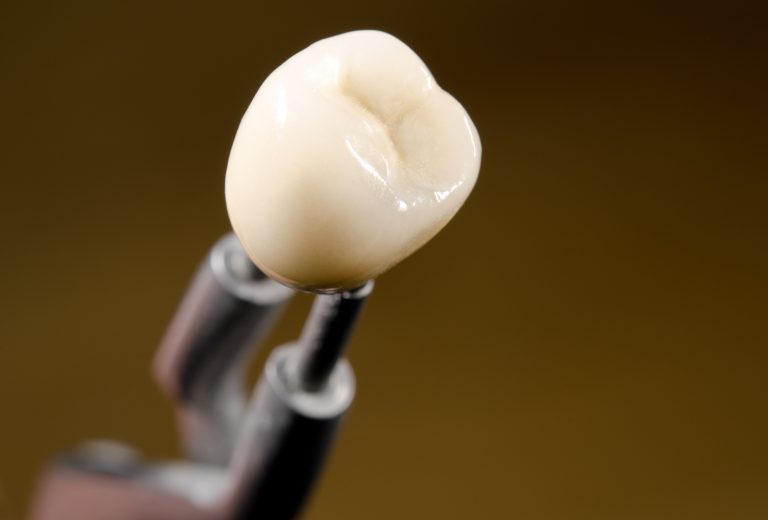Crowning is an excellent restorative process for teeth that are too severely decayed to simply be treated with a filling. Despite the versatility of fillings, they provide limited structural support to a tooth and can therefore leave a patient with healthy teeth until it is put under load by hard food and cracks or crumbles.
Crowning involves replacing the majority of the tooth with a polymer porcelain prosthetic that can be attached to the healthy remaining root of the tooth.
Traditional crowning techniques
In older crowning techniques, the inner surface of the crown makes contact with the remainder of the tooth; the interface was a standard peg, sometimes smooth but often hexagonal. This standard interface made manufacturing crowns simpler but limited the dentist’s options; when it came to preparing the tooth to be crowned, the remaining tooth had to be cut down to an appropriately shaped level peg.
This limited the options when trying to save as much of the patient’s natural tooth as possible. The crown would then be held in place using dental cement; this had its own limitations as cavities could form beneath the crown and crowns sometimes detached.
Modern crowning

Modern dental crowns can be custom-made from scratch for each patient, including their interface in more well-equipped clinics onsite. Crown manufacturing has become the norm as in dental Coorparoo.
There are several key pieces of technology that make this possible. The first is the hand-held reliable and practical oral 3D scanner that allows a dentist to quickly create a three-dimensional model of a patient’s entire mouth if required. For the sake of a crown, only the interface needs to be modelled.
Once a model has been created, this can be put into a 3D design software, allowing the dentist to line up a digital replica of the tooth to the interface and place it inside a blank block of porcelain polymer. The resulting 3D structure is then sent to a milling machine, which cuts the appropriate crown out of the precut porcelain blocks.
Freshly milled prosthetics can be immediately fitted into the patient’s mouth and held in place using UV light-cured resins.
It is very different to the older methods in one key way; the interface is dictated by what is left of the remaining tooth. This means that when performing the restoration, the dentist can focus on removing damaged tissue rather than shaping the tooth to match future crowns. Whatever surface remains will act as the template that is scanned and used to fabricate the interface on the crown. This not only allows more natural teeth to be saved but also creates a very irregular and large surface area that can form excellent interfaces between the prosthetic and the remaining tooth.
It also gets around the problem of being non-soluble in water without using harsh and potentially toxic solvents, giving dental clinics the adhesives they so desperately needed. This allowed dental professionals control over the setting of the resin, thus allowing fine alterations to occur with partially set adhesives.
DISCLAIMER
Any surgical or invasive procedure carries risks. Before proceeding, you should seek a second opinion from an appropriately qualified health practitioner.

